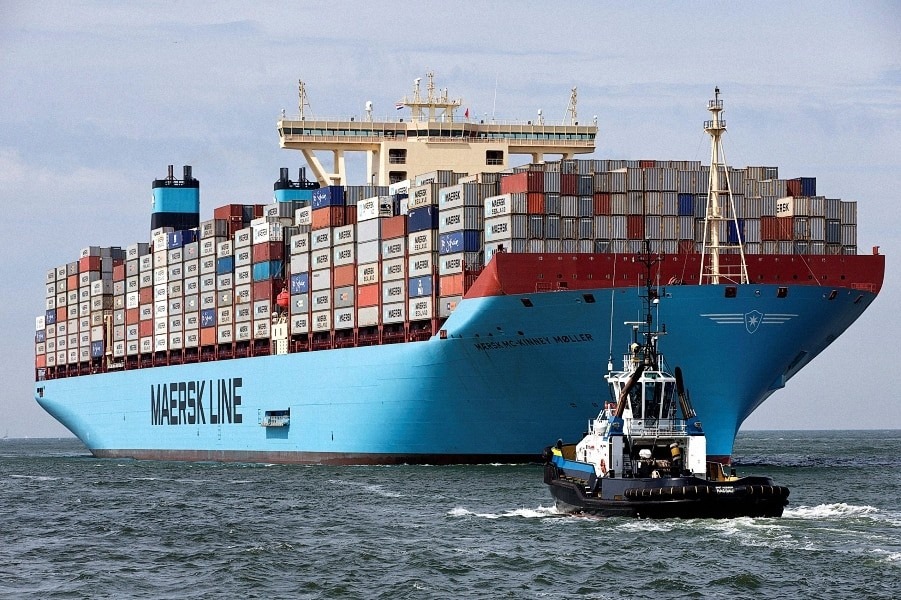Table of Contents
The Coastal Shipping Bill, 2025 is a landmark reform in India’s maritime sector aimed at unlocking the vast potential of the country’s 11,098 km coastline. Passed by Parliament on August 7, 2025, the Bill replaces outdated provisions of the Merchant Shipping Act, 1958 and introduces a modern, globally aligned legal framework for coastal and inland shipping.
The legislation is designed to boost eco-friendly, cost-effective cargo movement, reduce dependency on foreign vessels, create jobs in coastal areas, and strengthen India’s role as a global maritime hub in line with the vision of Aatmanirbhar Bharat and Viksit Bharat.
What is the Coastal Shipping Bill, 2025?
The Bill replaces Part XIV of the Merchant Shipping Act, 1958 and establishes a simplified regulatory regime for Indian shipping operators. It aligns India’s maritime laws with international cabotage standards and focuses on improving competitiveness, reducing compliance burden, and encouraging domestic cargo movement along the coastline.
Key Objectives of the Coastal Shipping Bill
-
Increase Coastal Cargo Share – Raise the share of coastal cargo to 230 million metric tonnes by 2030.
-
Reduce Foreign Dependence – Limit reliance on foreign vessels to minimise foreign exchange outflow.
-
Enhance Competitiveness – Provide a level playing field to Indian shipping companies through regulatory simplification.
-
Boost Economic Growth – Create employment opportunities in coastal regions and support port-led industrialisation.
-
Improve Logistics Efficiency – Promote cost-effective and environmentally friendly transport compared to road and rail.
Main Features of the Coastal Shipping Bill, 2025
-
Simplified Licensing System – Makes it easier for Indian operators to enter and operate in the coastal shipping sector.
-
Foreign Vessel Regulation – Defines conditions for foreign ships in domestic cargo movement, ensuring priority for Indian vessels.
-
National Coastal and Inland Shipping Strategic Plan – Long-term policy roadmap for infrastructure development and investment.
-
National Database for Coastal Shipping – Real-time, transparent data to guide government decisions and private investments.
-
Global Best Practices – Aligns with internationally recognised cabotage laws to make India competitive in the global maritime market.
Why This Bill is Important for India
-
Economic Impact – Strengthens port-led growth under the Sagarmala Programme and boosts industries dependent on coastal cargo transport.
-
Environmental Benefits – Encourages a shift from road and rail to sea transport, reducing carbon emissions.
-
Strategic Security – Increases the participation of Indian vessels, improving supply-chain resilience and reducing reliance on external shipping.
-
Employment Generation – Creates new jobs in shipbuilding, port services, and related logistics sectors.
Difference Between Merchant Shipping Act, 1958 and Coastal Shipping Bill, 2025
| Aspect | Merchant Shipping Act, 1958 | Coastal Shipping Bill, 2025 |
|---|---|---|
| Regulatory Scope | Covered coastal shipping under a broader shipping law | Dedicated, modern framework for coastal & inland shipping |
| Licensing | Complex licensing requirements | Simplified and faster licensing process |
| Foreign Vessel Rules | No clear cabotage alignment | Aligns with global cabotage standards |
| Data System | No centralised database | National Coastal Shipping Database for transparency |
| Policy Roadmap | No dedicated long-term plan | National Coastal & Inland Shipping Strategic Plan |
Impact on India’s Maritime Sector
-
Helps unlock the potential of India’s 11,098 km coastline.
-
Strengthens India’s goal of becoming a global maritime hub.
-
Enhances ease of doing business in shipping.
-
Supports government initiatives like Sagarmala, Make in India, and the Blue Economy framework.
Conclusion
The Coastal Shipping Bill, 2025 is more than just a legislative reform—it is a strategic enabler of economic growth, maritime security, and sustainable transport. By modernising the regulatory framework, the Bill is set to improve competitiveness, increase domestic cargo movement, and strengthen India’s maritime capabilities. With a focus on 230 million tonnes of coastal cargo by 2030, this reform marks a decisive step towards making India a leading maritime nation.


 India’s New Earthquake Design Code 202...
India’s New Earthquake Design Code 202...
 SoLAR Phase II Launched 2025: India, Ban...
SoLAR Phase II Launched 2025: India, Ban...
 Asia Power Index 2025: India Secures 3rd...
Asia Power Index 2025: India Secures 3rd...

























